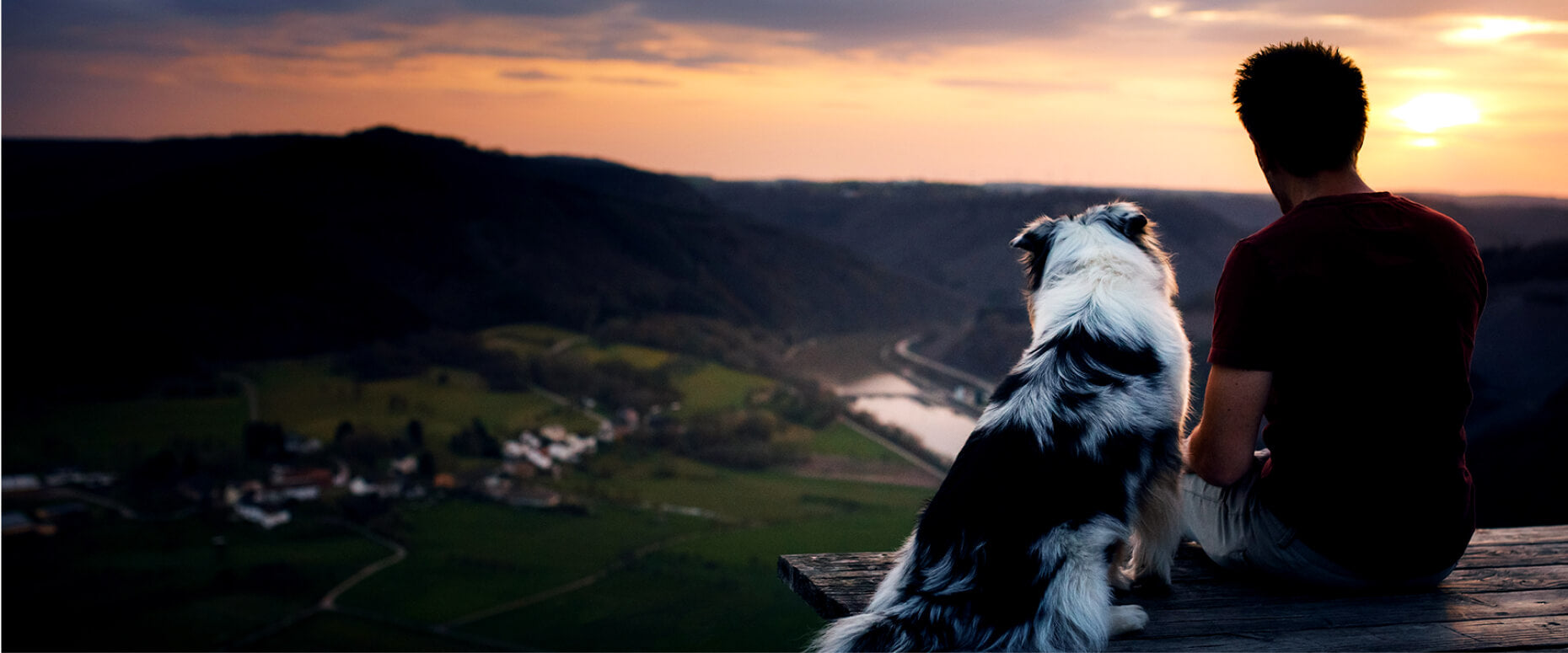
Mobility Matters Remote Video Assessments/Reassessments
Tips & Tricks Included
by Robin Downing, DVM, MS, DAAPM, DACVSMR, CVPP, CCRP
Here is a list of various activities of daily living (ADLs) that can serve to provide a way to perform remote mobility assessments of your canine patients who are experiencing mobility issues.
Step one is to identify where a dog is painful (and how painful they are) during a careful pain palpation, and record that in the medical record for future comparison using a pain scoring system with which you are comfortable (e.g. VAS = 1 – 10). Take a careful history from the client about the dog’s ADLs and find out what the client has noticed about changes/decreases in the dog’s mobility.
Next, have the client video the dog performing various ADLs to establish a mobility baseline for comparison as treatment time progresses. We now all have cameras in our pockets! This will give you a way to witness the dog’s movements and willingness to perform various movements at the baseline start of therapy, and then for comparison as treatment progresses. What follows is a list of simple activities from which to choose. The point is not to assign all of these for every patient, but to choose among them for the movements that you think will be most useful for a particular patient.
Here are some tips and tricks:
- Have the dog rise from a down or a sit on both a rough surface like carpet or grass and on a slick surface (like a tile or wood floor).
- Remind the client that when they are walking the dog away from and toward the camera, they need to be sure to have the dog at their side and not in front or behind them.
- Remind the client that when they are filming the dog from the side, they want to be sure to have the dog positioned closer to the camera than the human.
- Remind the client that when they film the dog walking/trotting in a circle the dog needs to be on the outside of the circle.
- Ask the client to position the camera at the dog’s level for the best images, and to position the camera pretty close to the dog as well.

